We take a look at what each sea has to offer to help you better decide where you want to get your feet wet this summer.
The sea
Roughly every six hours and twelve minutes, a special feature of the North Sea is clearly visible: high tide follows low tide – or vice versa. The sea appears or disappears.
“This incredible dynamic, that you can look at the same place hours later, and it looks totally different – I find that totally fascinating,” explains Göran Sell, who heads the tourism organisation on the East Frisian island of Borkum.
READ ALSO: Holiday homes at North and Baltic Sea full as 90 percent of Germans chose staycations
“You can feel the natural phenomena here much more fundamentally and much more intensely.”
For the North Sea holidaymaker, this also means that it is not always possible to jump into the tide.
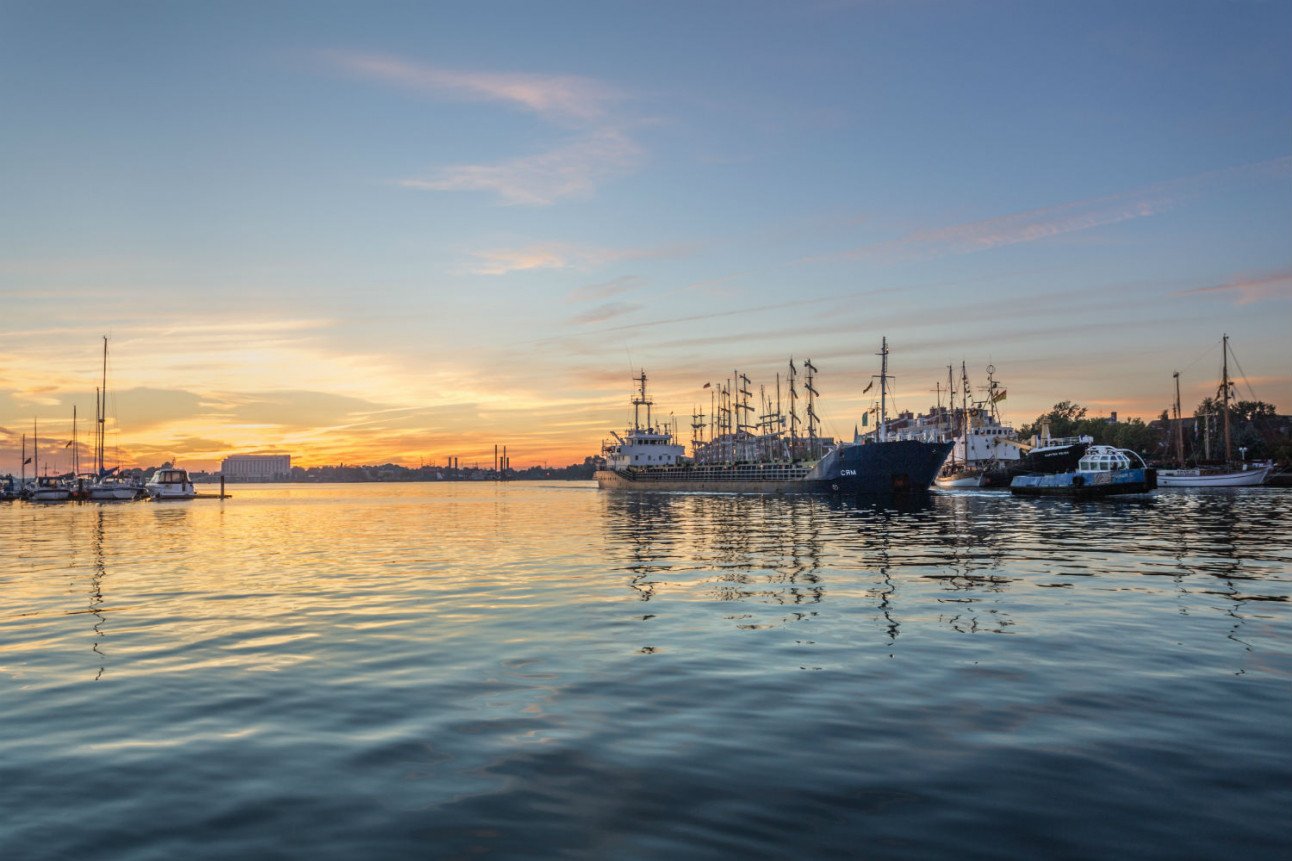
A view of the Wadden Sea on the North Sea Coast. Photo: obs/ATLANTIC Hotel Wilhelmshaven/Stephan Giesers
“To have seen the tides at the North Sea once, that was really interesting,” said Christine Braun. But she prefers to spend her holidays at the Baltic Sea with the whole family.
For more than 20 years, Braun’s caravan has been parked in Ückeritz on Usedom every summer. The woman in her late fifties from near Altentreptow loves the fine white sandy beach adjoined by the forest. “And you don't have to wait for the water,” added her husband Sylvio.
The landscape
The tides have created a unique natural environment on the North Sea coast: The Wadden Sea (Wattenmeer). The UNESCO World Natural Heritage Site stretches from Denmark via Schleswig-Holstein, Hamburg and Lower Saxony to the Netherlands.
One of the most impressive landscapes on the Baltic Sea is the chalk coast on the island of Rügen with the 118-metre high Königsstuhl. From the white cliffs covered with beech forests, the hiker has a wide view of the sea.
The landscape captured the imagination of artist Caspar David Friedrich when he painted the view in oil on canvas in 1818. The old beech forests in the Jasmund National Park have been recognized by UNESCO as a World Heritage Site in 2011.
The history
Whether the North Sea or the Baltic Sea, tourism on the coasts has a centuries-old tradition. The first German seaside resort opened in Heiligendamm on the Baltic Sea in 1793. Four years later the first North Sea resort followed on Norderney, as the island tourist expert Wolfgang Lübben explained.
“And that grew bigger with the royal family of Hanover, who then spent their summer holidays here in the first half of the 19th century.”
In Heiligendamm the Duke of Mecklenburg Friedrich Franz I. bathed in the Baltic Sea on the advice of his doctor.
The Berliners went to the island of Usedom, which was also jokingly called the “Berliners' bathtub”. Emperor Wilhelm II often resided in Heringsdorf, Ahlbeck and Bansin, which still bear the name “imperial baths” today.
The wealth of the summer guests was reflected in extravagant, often snow-white villas, which today are considered “spa architecture”. The first seaside resort in Usedom was Swinemünde in 1824, which is now Polish Swinoujscie.
The beach chairs
The German North Sea and Baltic Sea have one thing in common. Sometimes blue, sometimes yellow, mostly striped: beach chairs are indispensable in the seaside resorts.
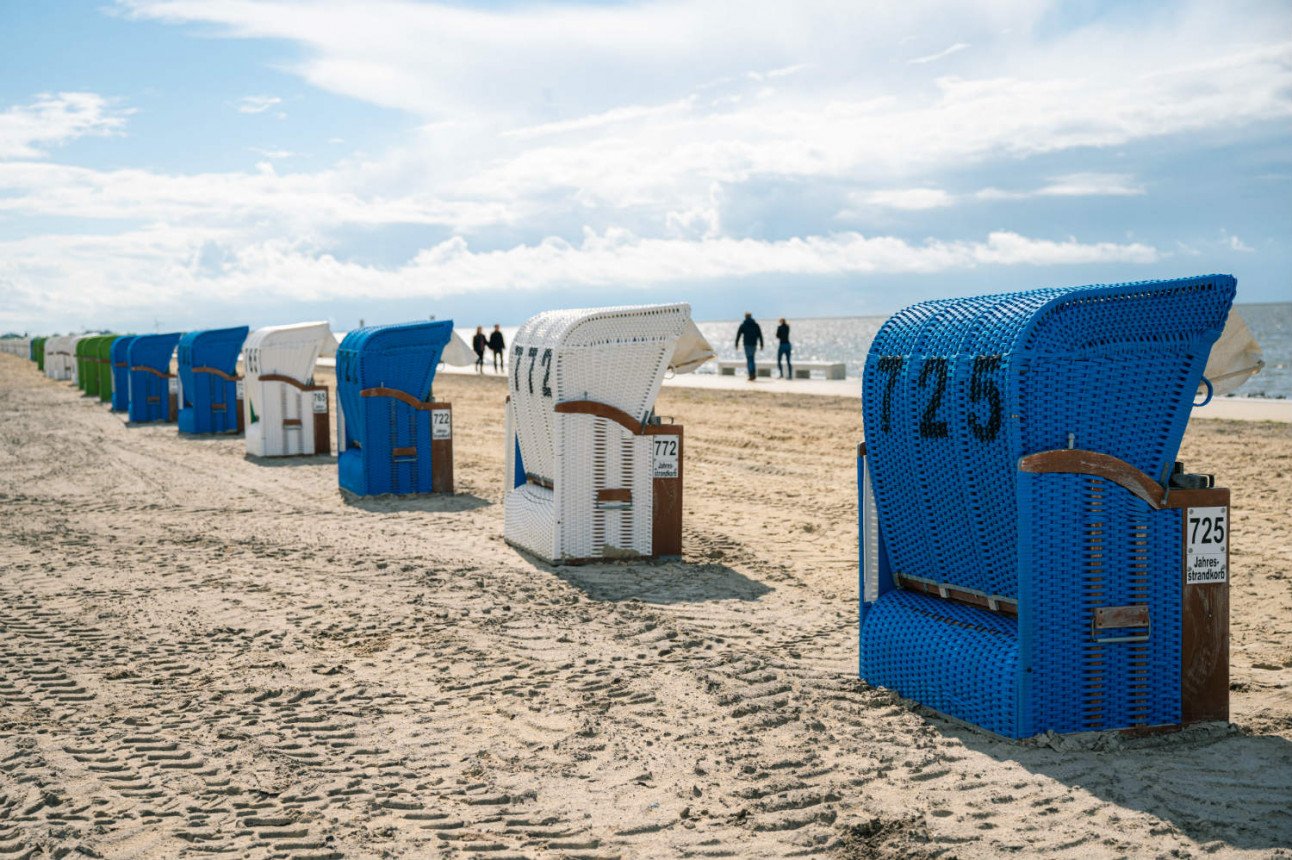
Beach stands set up in Norddeich, Lower Saxony at the North Sea coast in May. Photo: DPA
Germany's oldest beach chair manufacturer produces in Heringsdorf in Usedom. Company representative Dirk Mund estimated that there are about 110,000 beach chairs between Norderney and Usedom.
The models for the Baltic and North Sea, however, are different. “You can tell them apart by their sides,” explained Mund. “In the Baltic Sea model they are curved like a Baltic wave, in the North Sea model they are straight and flat as the tide.”
Health and wellness
Sun, wind, salt water – the bracing climate by the sea is known for its health-promoting effects. Some turn to the North Sea for its higher salt content. Yet, on the other hand, doctors draw attention to the oxygen-rich air of the coastal forests of the Baltic Sea.
READ ALSO: Booming and bursting: How is tourism impacting Germany's Baltic Coast
In the seaside resort of Heringsdorf on the island of Usedom, for example, Europe's first spa and medicinal forest was designated. It is said to help heal the soul and alleviate physical complaints. There are also treatments with Rügen healing chalk, moor or warm iodine brine.
Which sea has more tourists?
At least according to the Schleswig-Holstein Tourism Agency, the Baltic Sea coast leads the way in terms of the number of holidaymakers: in 2019, 1.96 million guests ventured to the North Sea and, at 3.76 million, almost twice as many went to the Baltic Sea.
However, the die-hard North or Baltic Sea type is not the majority, as Astrid Koch from the Research Association for Holidays and Travel explained.
A full 73 percent of the North Sea holidaymakers surveyed for the travel analysis are also interested in a holiday on the German Baltic Sea coast – the other way round, the figure is 63 percent. The distance to the holiday destination seems to be more of a decisive factor.
Vocabulary
The tide – (die) Gezeit
Beach chair – (der) Strandkorb
alleviate/ease – lindern
Chalk coast – (die) Kreideküste
We're aiming to help our readers improve their German by translating vocabulary from some of our news stories. Did you find this article useful? Let us know.

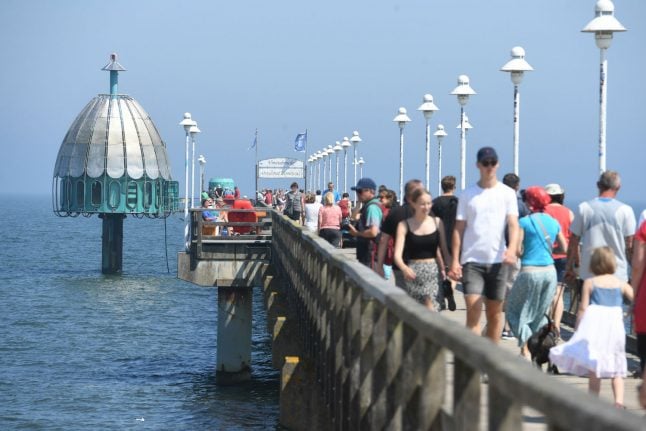

 The pickle harvest in Kasel-Golzig in the Spreewald on July 17th. Photo: DPA
The pickle harvest in Kasel-Golzig in the Spreewald on July 17th. Photo: DPA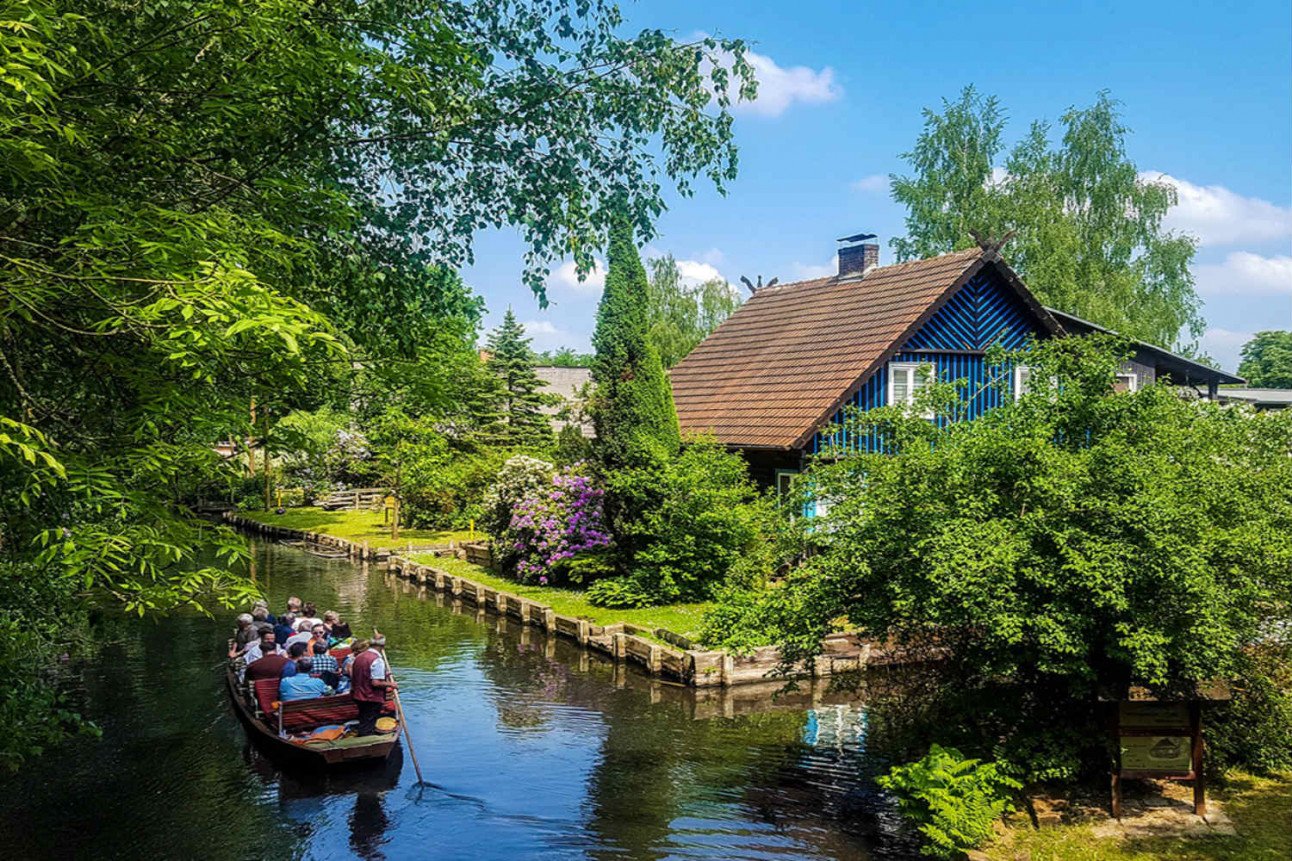
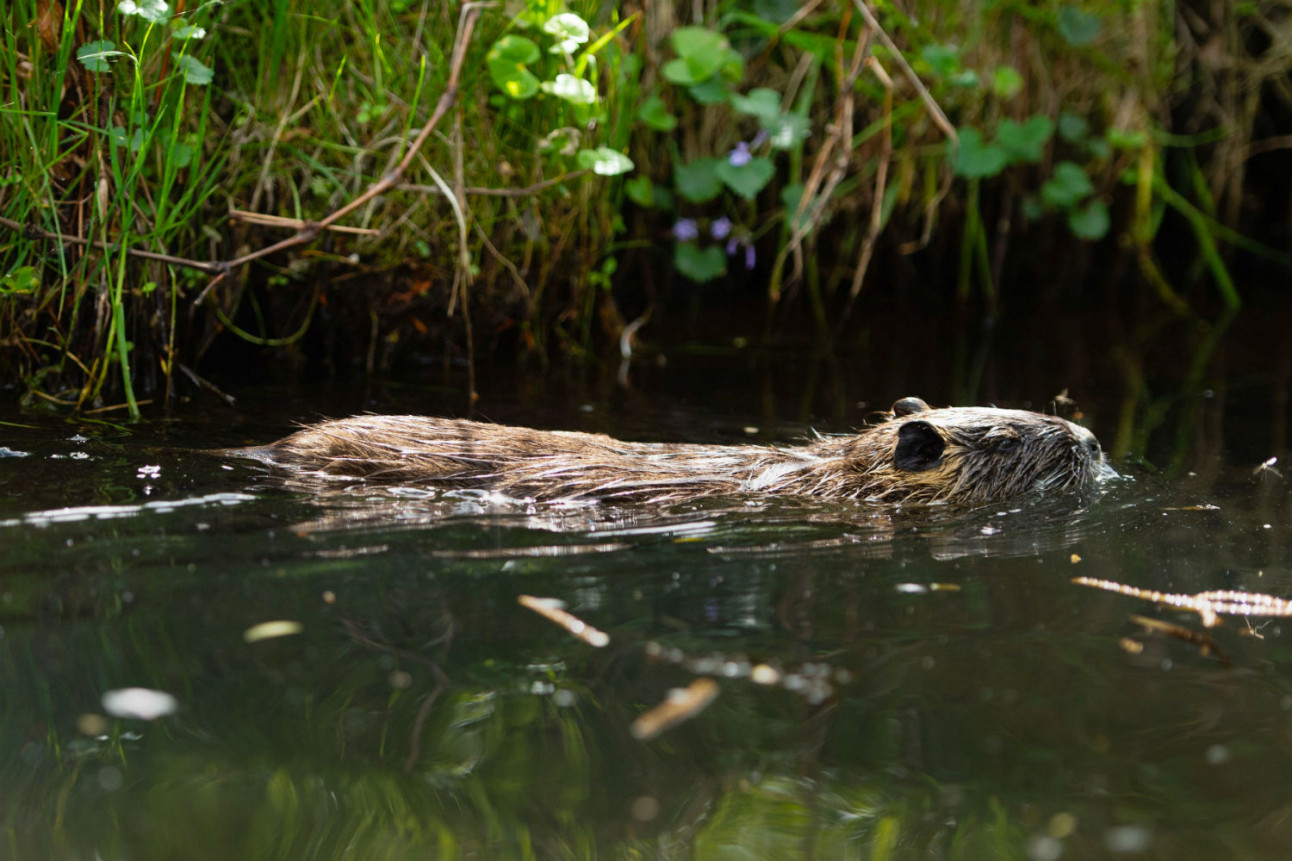
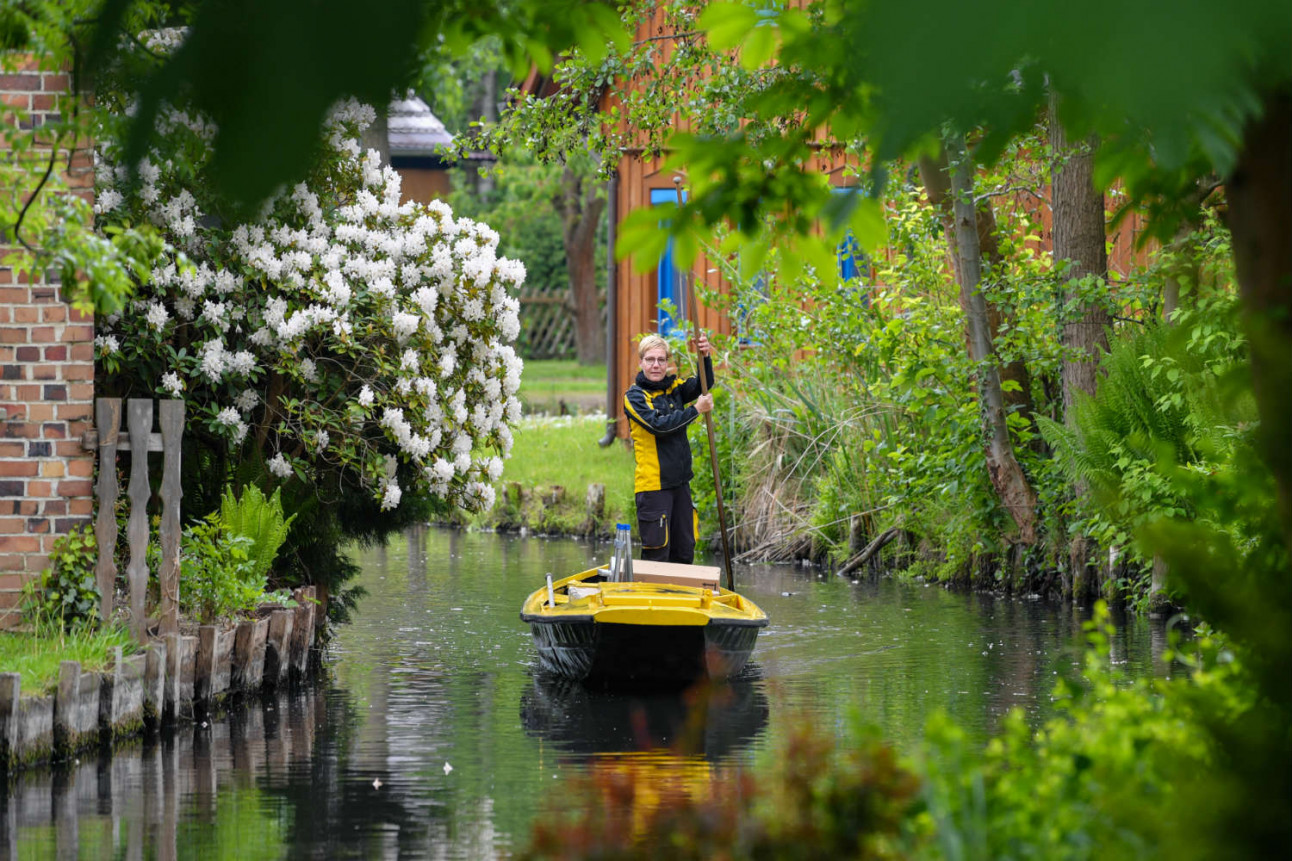
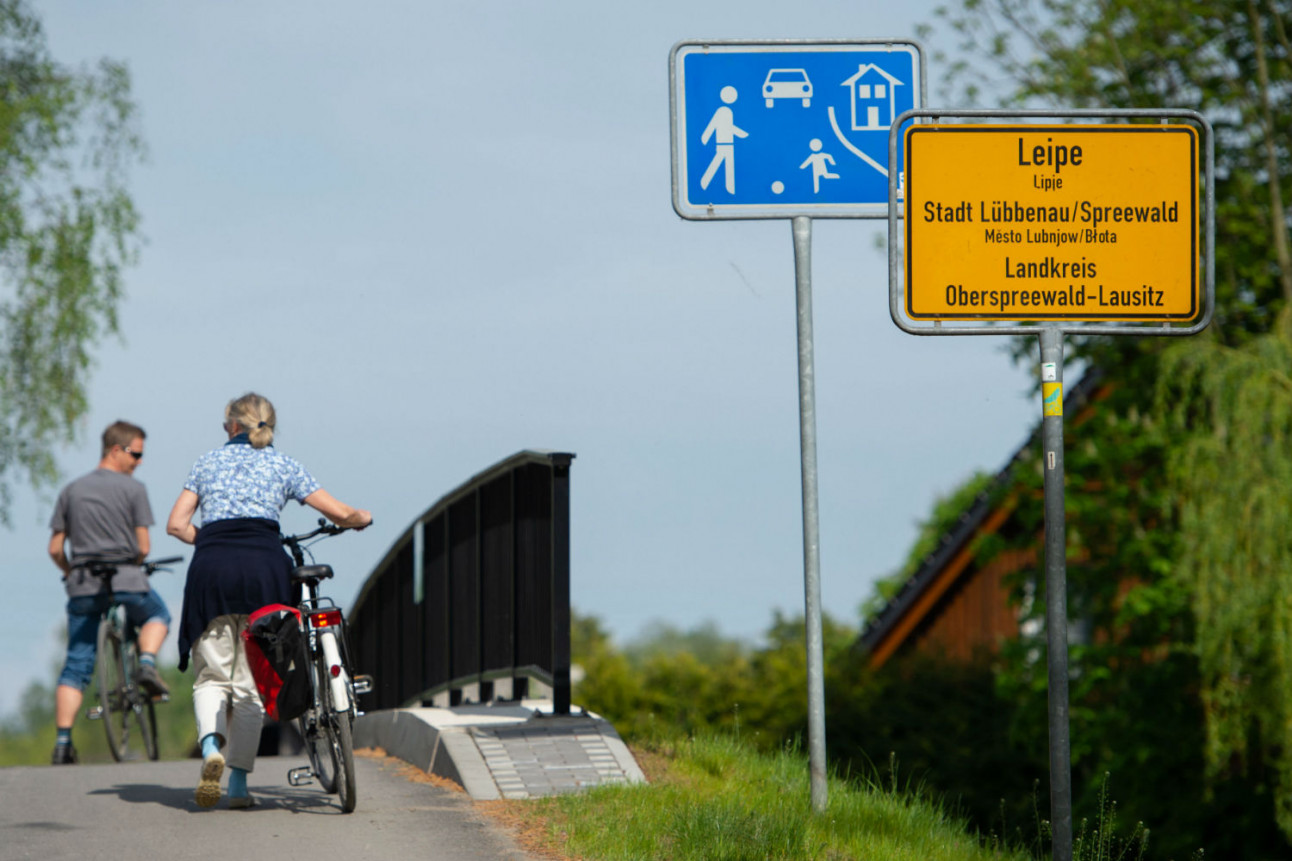
 Please whitelist us to continue reading.
Please whitelist us to continue reading.
Living on the North coast the locals joke, the sotherners are coming to eat our fish. Even in the winter with bleak weather they still come.